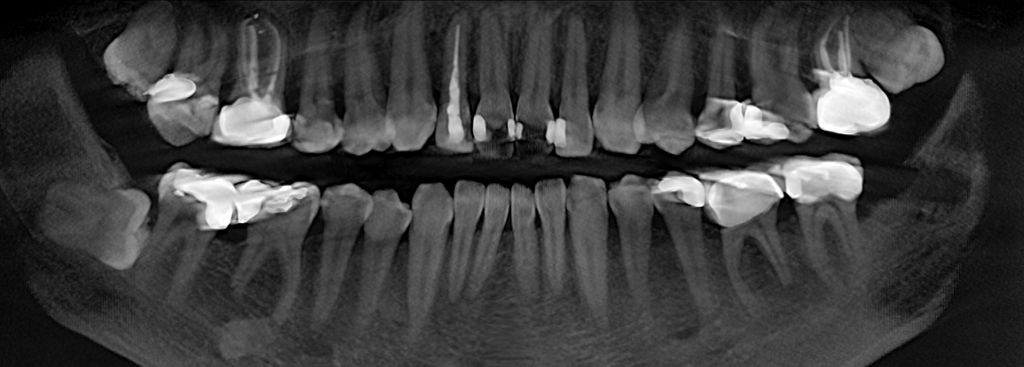When our teeth ache, we know that it’s time to visit the dentist. As children, we were often told that we would get cavities if we didn’t brush our teeth enough or if we ate too much candy. However, studies now show that this might not always be the case.
Dr. Price, once the chairman of the National Dental Association, traveled around the world in the 1900s to observe common causes of cavities. He realized that members of indigenous tribes often had perfect teeth, but after they moved to modern cities, they became more susceptible to cavities. This inspired Doctors Edward and May Mellanby, a husband and wife team, to study if vitamin D could reverse cavities, and if grains could worsen them. In their experiment, they separated children into three groups with different diets. They counted each child’s cavities before the study and monitored their cavities throughout the experiment. Group 1 ate a standard diet in addition to oatmeal, which is high in phytic acid, thought to break down teeth and cause cavities due to low pH. Group 2 also consumed a normal diet, this time without oatmeal but with a vitamin D supplement instead. Group 3 ate a grain-free diet with vitamin D supplement. Guess which group had the fewest cavities in the end? Group 3.
Image Source: Peter Macdiarmid
In the past, most dentists believed that cavities were caused by carbohydrates since they create acid that can destroy enamel. Now, according to some dentists, there are more known causes of cavities:
- Lack of minerals
- Lack of fat-soluble vitamins like vitamin A and E, which can be dissolved and stored in fat
- Too much consumption of foods rich in phytic acid, which makes absorption of minerals harder for the body
- Too much consumption of processed sugar
Therefore, it is important to maintain a healthy diet with plenty of minerals and vitamins and limit the intake of foods like grains, nuts, and sugar. Keep in mind, however, that you can only reverse these cavities in their early stages. Once the cavity reaches below the surface of the dentine (the bony tissue underneath the enamel), it is almost impossible to reverse them. Still, if you maintain a healthy diet with limited grain, you should be able to avoid these painful nuisances.
Feature Image Source: teeth by Kevin O’Mara










